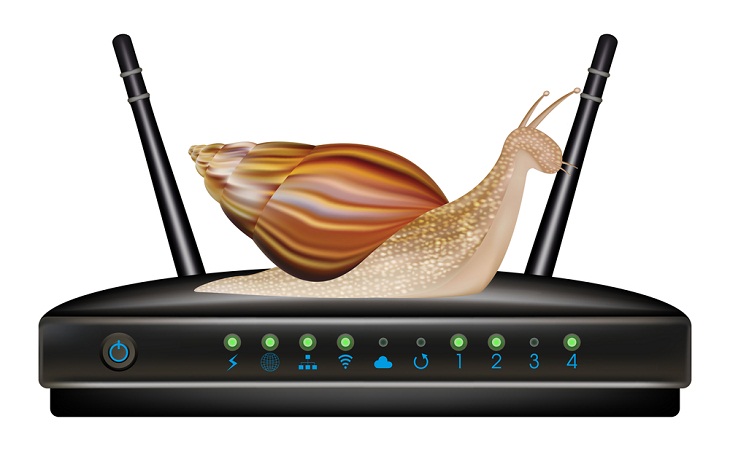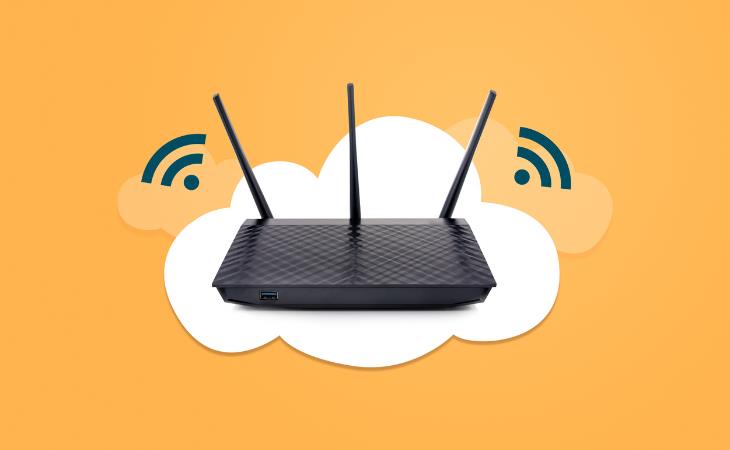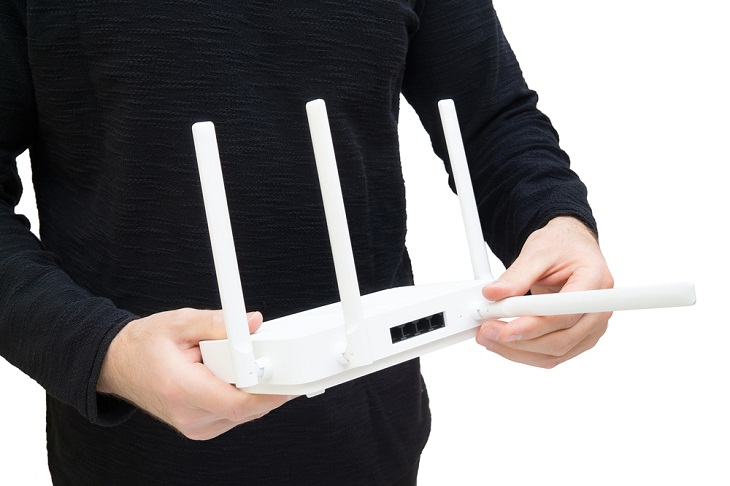
In today's world, it would be nearly impossible to live without a reliable internet connection. We rely on it for everything, from work and education to entertainment and communication. Central to this digital world is the often-underappreciated router. While many people might not give their router a second thought after setting it up, this essential device can become outdated over time, leading to various connectivity issues.
An aging router can affect your online experience as technology advances and user demands increase for speed and reliability. Identifying when it's time for an upgrade can save you from countless hours of frustration and poor performance. Slow speeds, frequent disconnections, and dead zones can turn your once-smooth online experience into a frustrating ordeal. If you’re experiencing these issues, your router might be the culprit. Let's explore some common signs that it's time for an upgrade.
Related: Do This to Your Router to Increase Internet Speed




Excessive heat, which is unusual for most routers, suggests the device is struggling to handle the demands placed on it and might be nearing hardware failure.
Most routers operate silently, so any unusual noises, like a whining sound, indicate potential component issues.
Finally, erratic behavior such as random shutdowns, frequent disconnections, or constant reboots signals a need for replacement. Ideally, routers should function uninterrupted for months. If you're continually troubleshooting or resetting your router, it's time for an upgrade.

In addition to handling too many devices, another frustrating problem is when your router's range doesn't cover your entire home. If you frequently switch to mobile data in areas like bathrooms or patios, your router likely can't handle your home's size. Similarly, relying on Wi-Fi extenders to reach areas like the garden, the terrace, or the balcony is a sign of inadequate router power.
Using Wi-Fi extenders to reach these spots is a temporary fix. Upgrading to a more powerful router or investing in a mesh system provides a more effective and long-term solution for full home Wi-Fi coverage.
Related: 7 Wi-Fi Signal Boosting Tricks for Better Connectivity

With an increasing array of smart devices in homes, routers must manage multiple connections effectively. If your router is unable to provide consistent connections for all your devices or shows performance problems when multiple devices are connected, it may be overwhelmed. A newer router with advanced features such as MU-MIMO can handle multiple device connections more efficiently.
Another aspect to be considered is compatibility with newer gadgets. As technology evolves, devices adopt the latest communication standards, which older routers might not support fully. For instance, a router from before the Wi-Fi 6 era may not fully utilize the potential of a new Wi-Fi 6 laptop or smartphone. Having the latest router ensures compatibility with the latest devices, and allows you to take full advantage of their advanced features.
